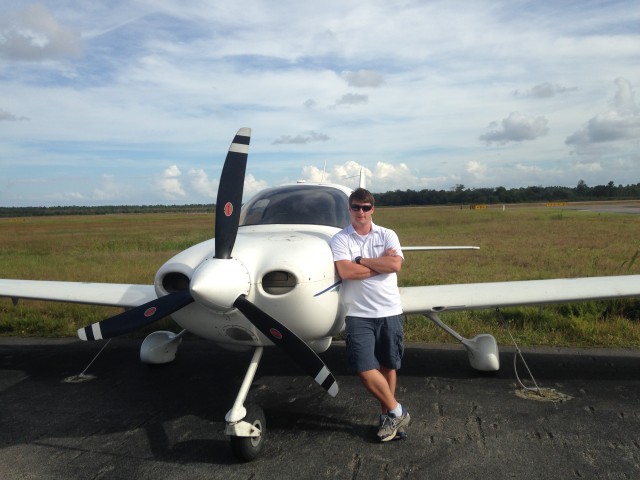
Getting ready to fly – Photo: Zachary Azzarito
College, as they say, is the best four years of your life. You make life-long friends, discover what career you want to pursue, and obtain valuable leadership skills and experience through clubs and organizations. More often than not, it’s your first time out on your own. About the only thing that makes it better is when some of your classes are taught in a cockpit.
Flying is one of the greatest experiences I’ve ever had, and the single best major out there in my opinion. Most students study in the classroom, learning the material from books and real-world examples. However, it’s not often that you get hands-on experience; maybe for a semester or two during an internship. For aviation students, we get to do it every semester, several times a week. The airport becomes as familiar as our classroom.
So where did it all start for me? I grew up in the Tallahassee, Florida area. There were several times when my dad would take me out to the airport and we would watch the planes take-off and land. So, ever since I was a young kid, flying has been an interest of mine. However, like a lot of kids, I wanted to be just about everything from a fireman, to a pilot, to a professional athlete.
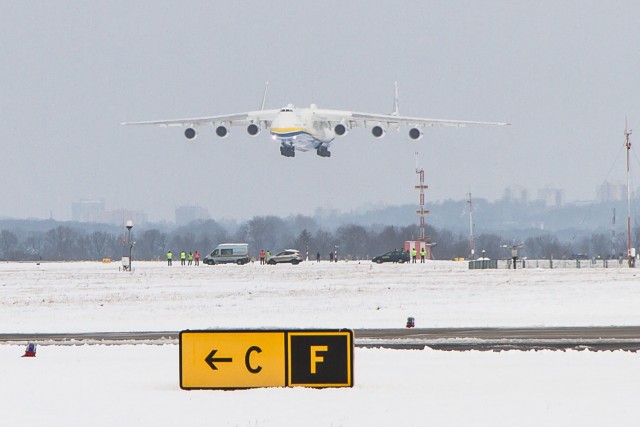
Mriya on short final in Ostrava – Photo: Jacob Pfleger | AirlineReporter
There are many items still left on my AvGeek bucket list, but last week I was fortunate enough to cross a pretty BIG one off.
I was very excited to be invited to witness the arrival of the world’s largest aircraft ever produced, the mighty Antonov An-225. Nicknamed “Mriya”, which is the Ukranian word for dream. The aircraft first flew in 1988 and is the only plane of its kind in service today. There was a second model built to about 70% completion, but due to funding problems it remains in a desolate state in Kiev.
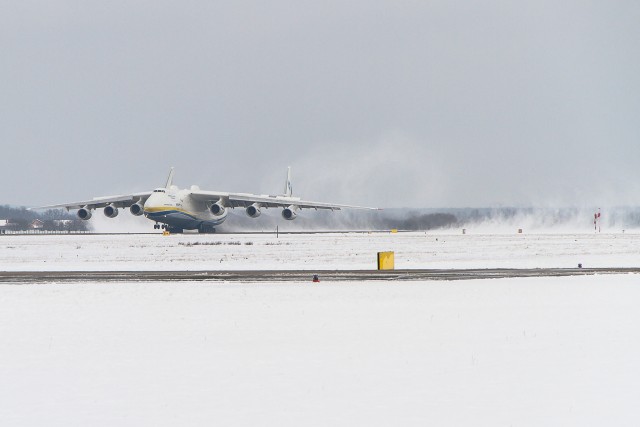
Touchdown!! The whole landing sequence seemed very slow-motion due to the aircraft size – Photo: Jacob Pfleger | AirlineReporter
The original mission scope of the aircraft was to carry the soviet spacecraft Buran, much like the American version of the 747-based Shuttle Carrier Aircraft. Following the collapse of the Soviet Union, the aircraft remained in storage for almost a decade before it was brought back into operational service as a cargo air-lifter, operated by Antonov Airlines. Mriya is primarily based in Kiev, Ukraine but has completed various missions all around the world.
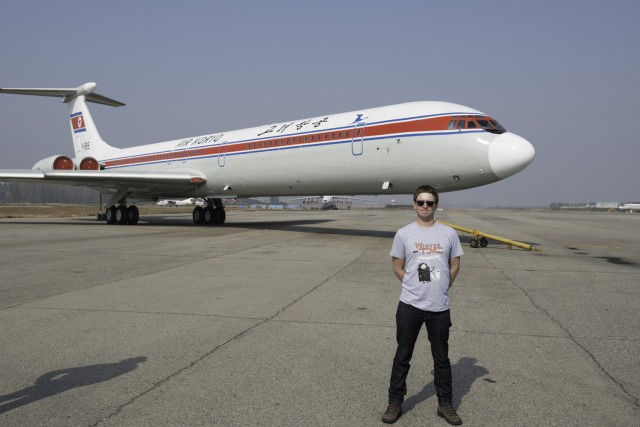
Bernie standing in front of a Air Koryo IL-62 – Photo: Bernie Leighton
We always love when other media outlets want to share some AvGeek goodness. This story posted today on CNN, written by Thom Patterson, talks about some of the adventures that our Bernie Leighton and others have had chasing old Russian metal in North Korea. Here is an except:
The moment he stepped aboard the North Korean airliner, Bernie Leighton felt like he’d entered a Cold War time machine.
For an aviation enthusiast like Leighton, it was nothing short of thrilling. After years of anticipation, Leighton, a real estate investor, finally snagged a seat on a rare 1980s Soviet-built Ilyushin IL-62 airliner.
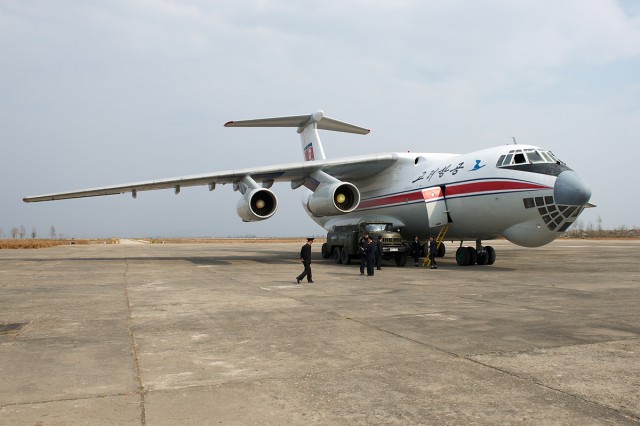
Air Koryo’s IL-76 with a Russian made ground-start vehicle – Photo: Bernie Leighton
Patriotic military music filled the cabin. Flight attendants handed out communist propaganda magazines. As Leighton put it, that 2012 flight on Air Koryo airlines from Beijing to Pyongyang was an experience “beyond belief.”
That’s high praise. Leighton may rank among the most accomplished “avgeeks” in the world. He said he’s flown on at least 50 kinds of aircraft and racked up an estimated 2 million air miles.
“The IL-62, by Western standards, was quite old, but it was actually one of the newer planes I flew on while I was there,” Leighton said. Only a handful still fly in commercial service worldwide, he said.
Continue reading Stalking North Korea’s Odd Cold War Time Machines on CNN.com
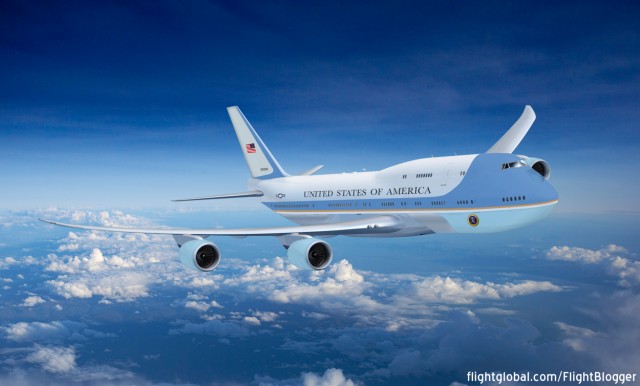
The 747-8 will be the Air Force One replacement to carry around the U.S. President – Image: Jon Ostrower
The United States Air Force (USAF) announced the long-awaited decision of what aircraft will serve as the replacement for the presidential transport, known as Air Force One (when the President is on-board). The choice has taken longer than most expected and the answer seemed quite obvious.
The USAF announced that the Boeing 747-8 will be the sole choice as the base aircraft for replacement of the current aircraft, the VC-25A (a modified 747-200).
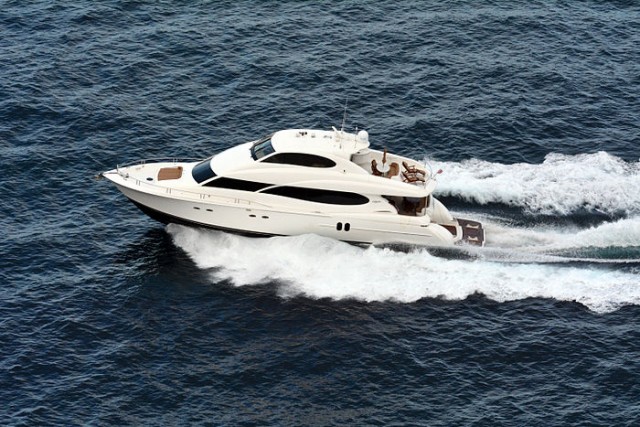
Are you ready to hit the big time (and the big bucks) as an aviation writer? – Photo: D Ramey Logan
You may think that it’s easy to come up with great content for AirlineReporter. Go to a new country! Fly on a new aircraft! Attend a media event and report on an advancement in aviation technology! All those things are hard – they also aren’t things you can do all the time. We aviation writers have a system for making great content that is guaranteed to get us not only respect, but also hopefully some views. My peers are going to despise me for sharing this insider’s guide to making viral aviation content, but I don’t care about them – the world has to know.
Here are my seven easy steps to create a viral aviation news story that’s ready for stardom!






